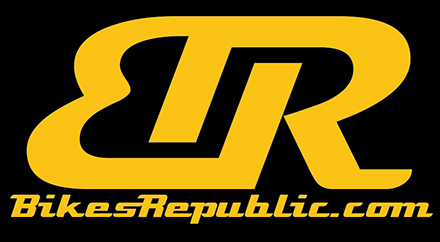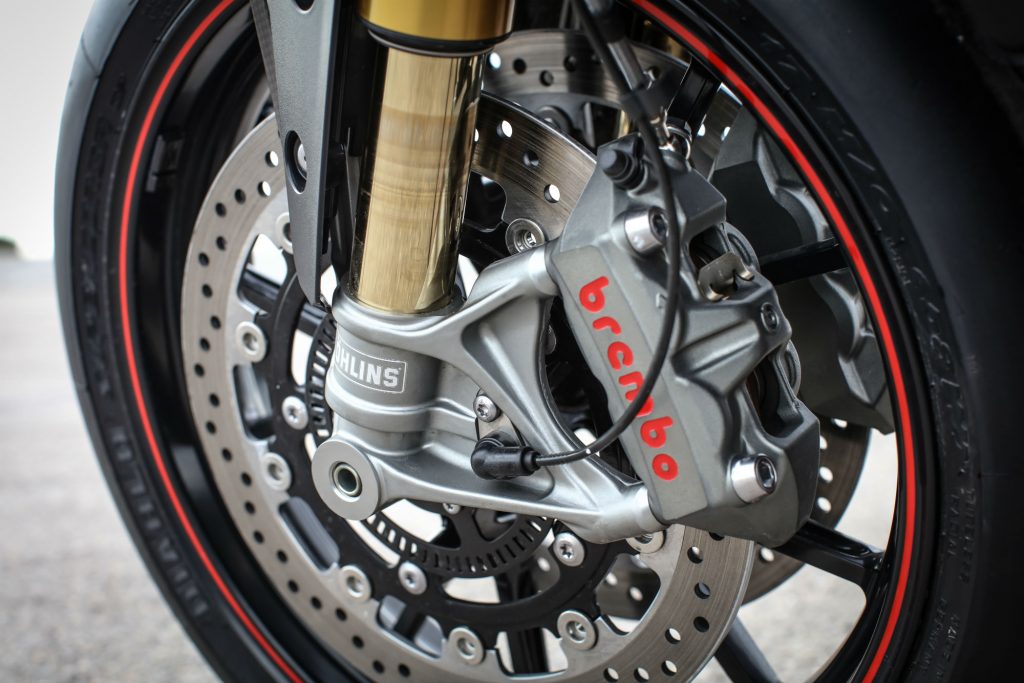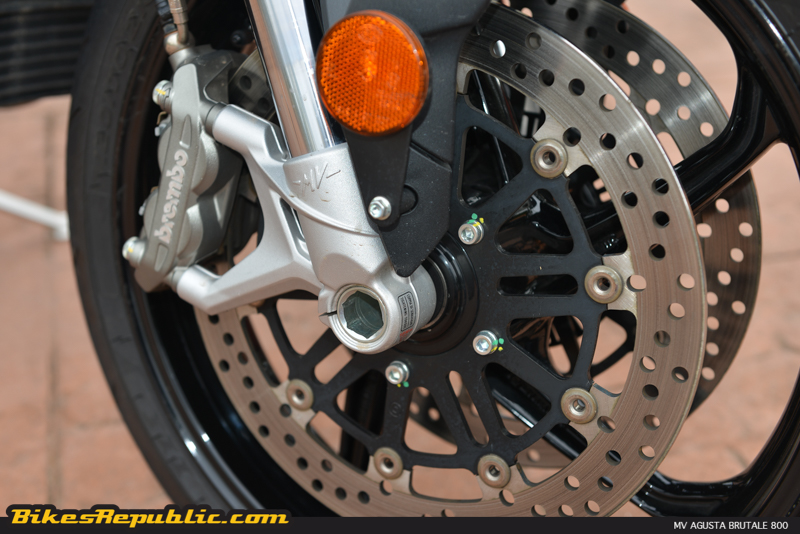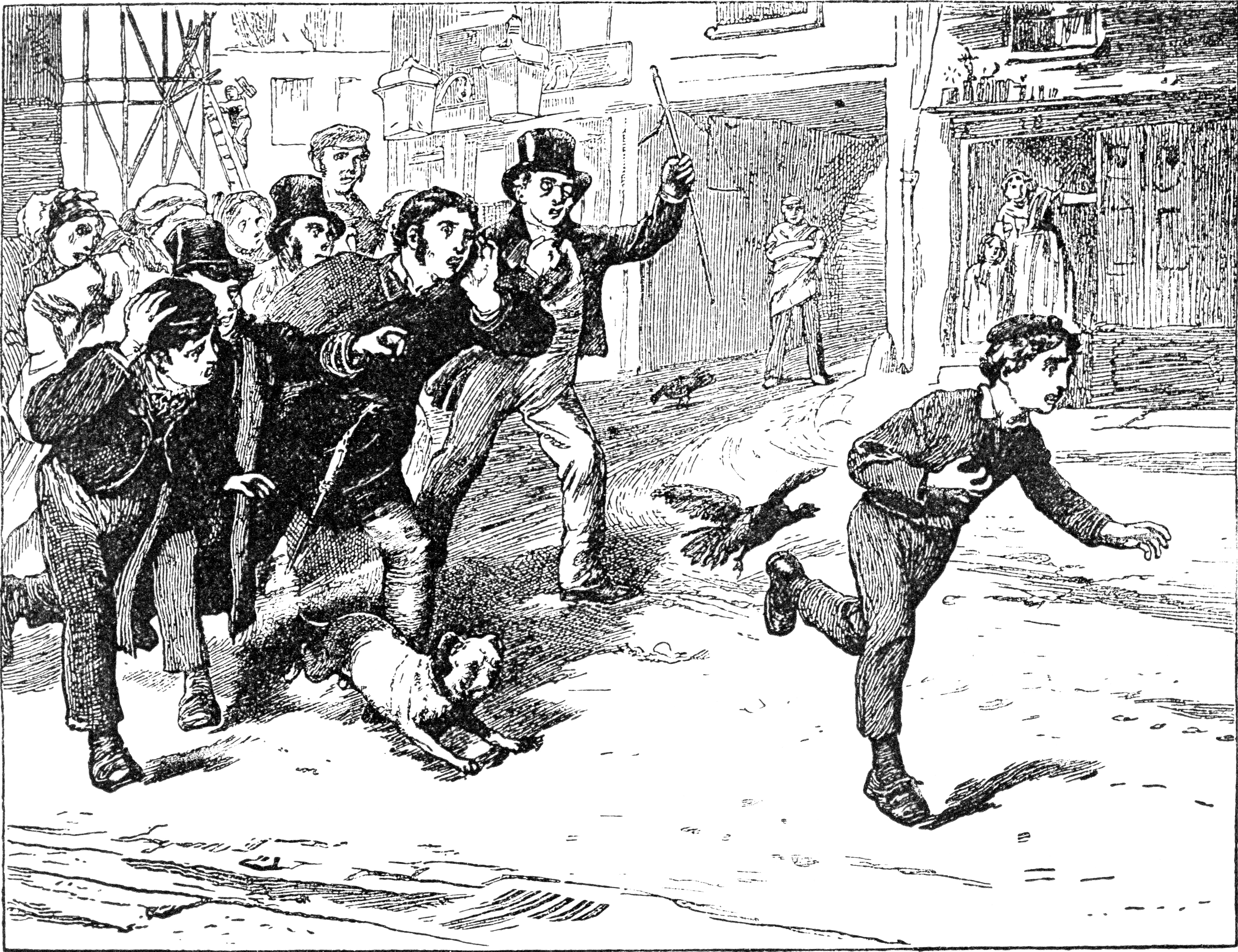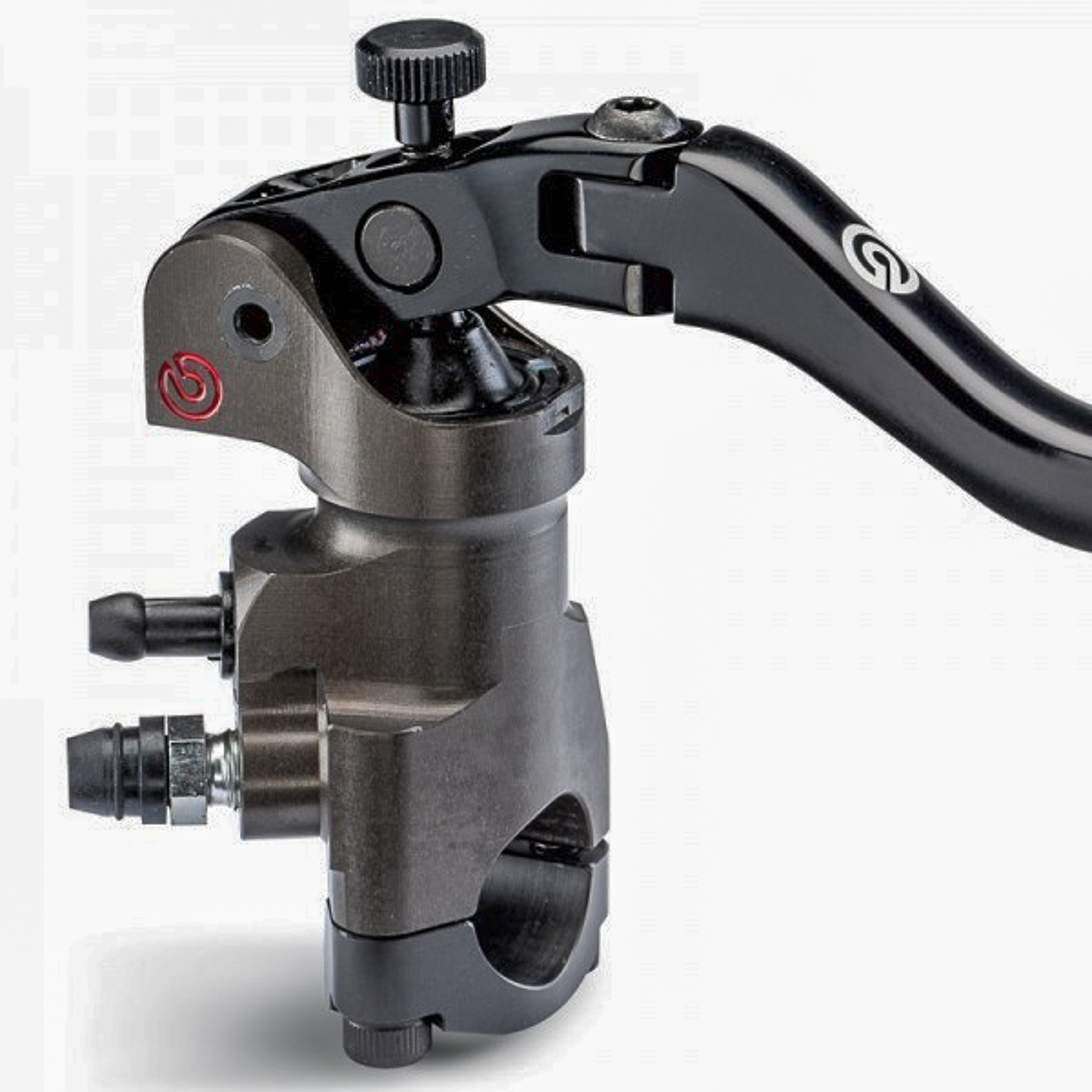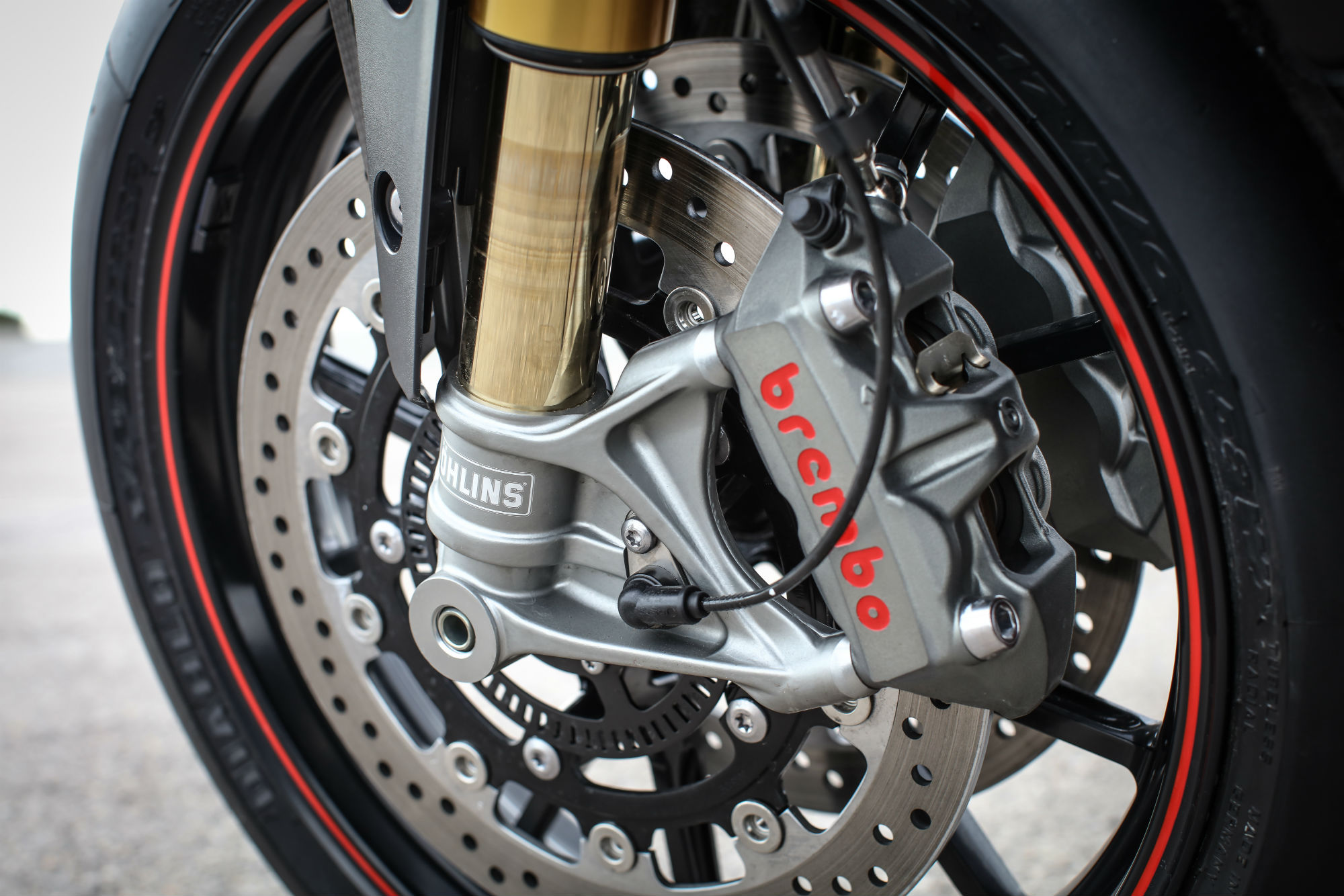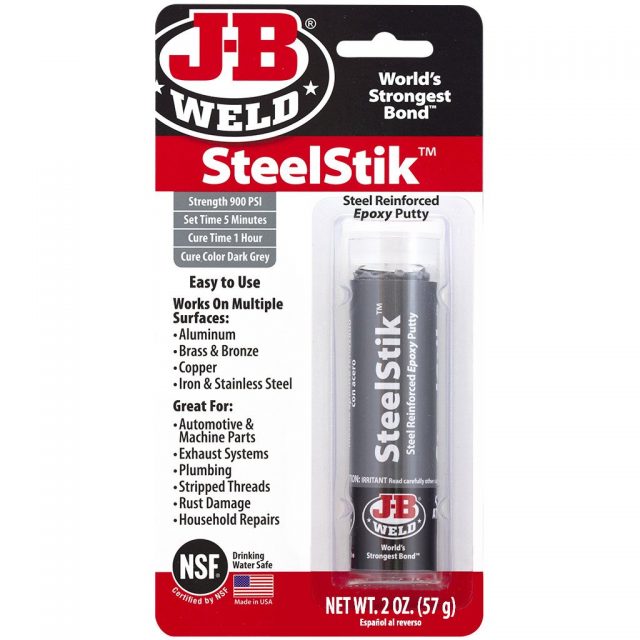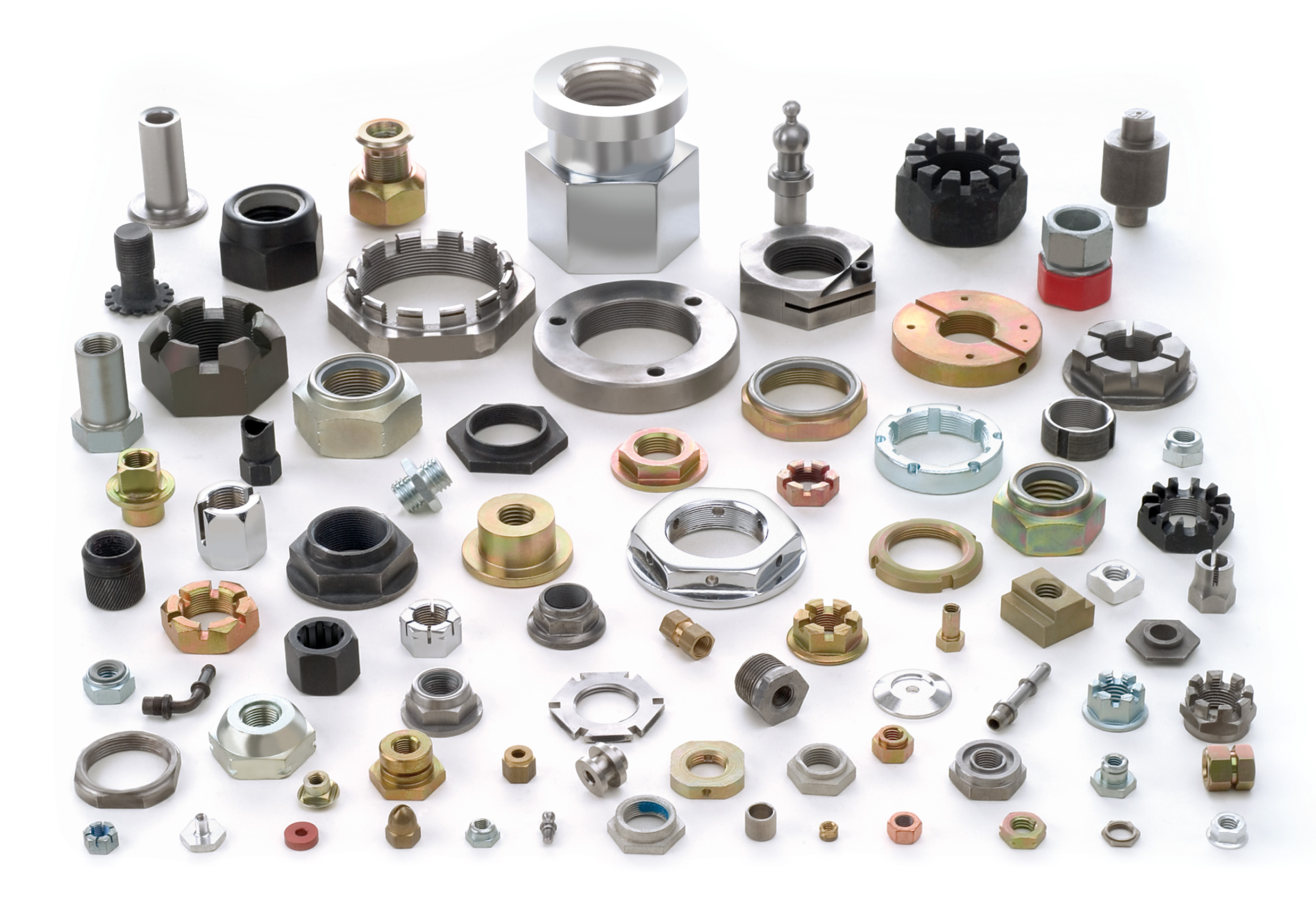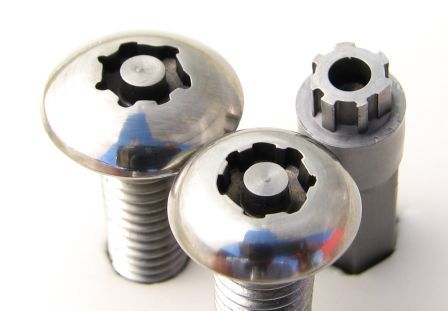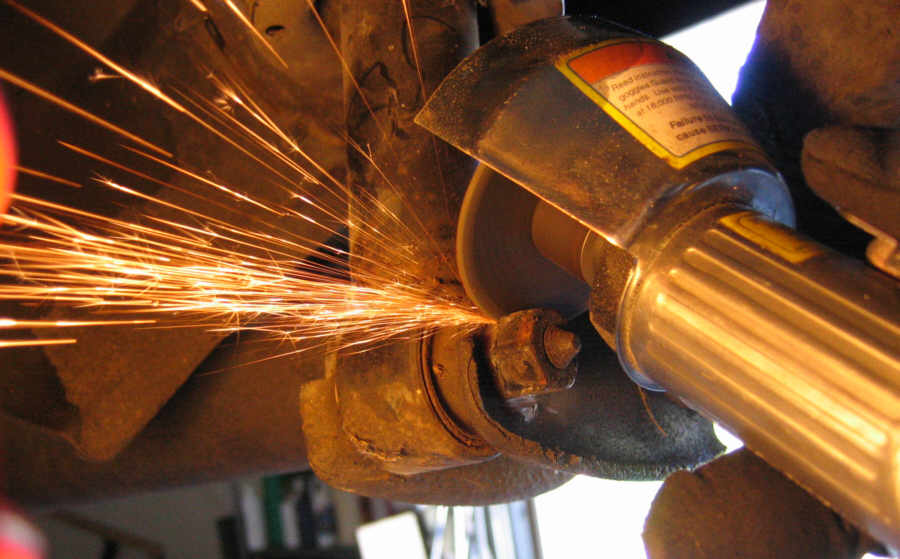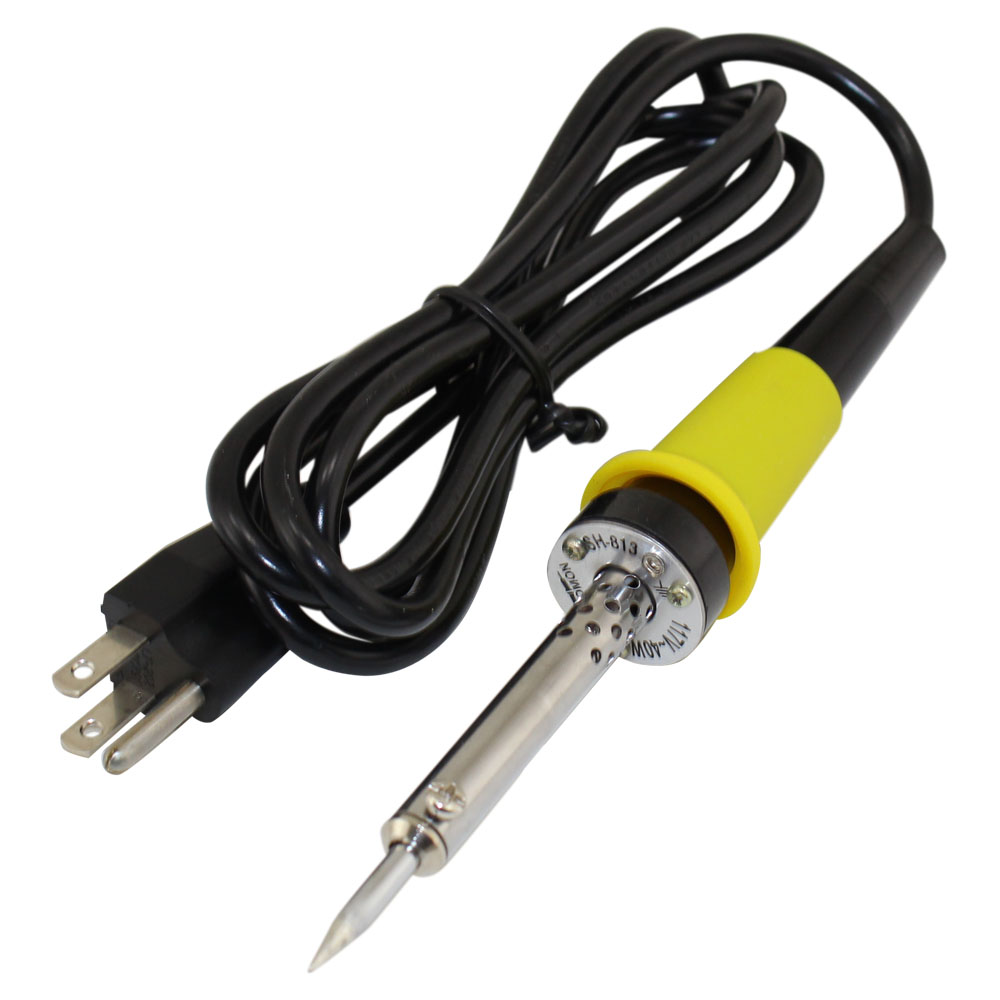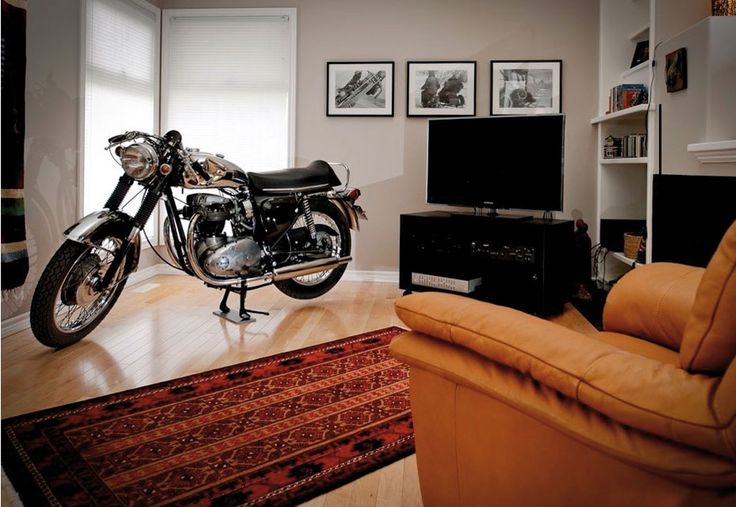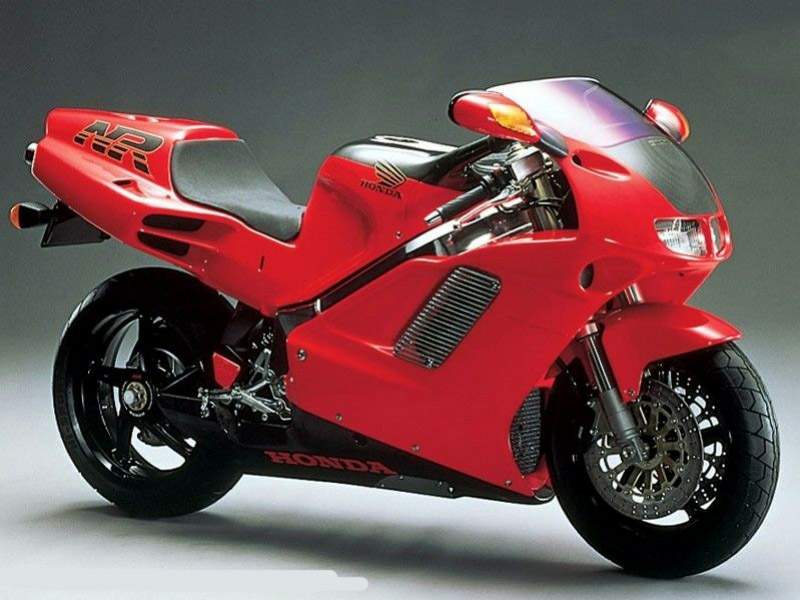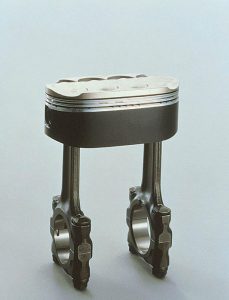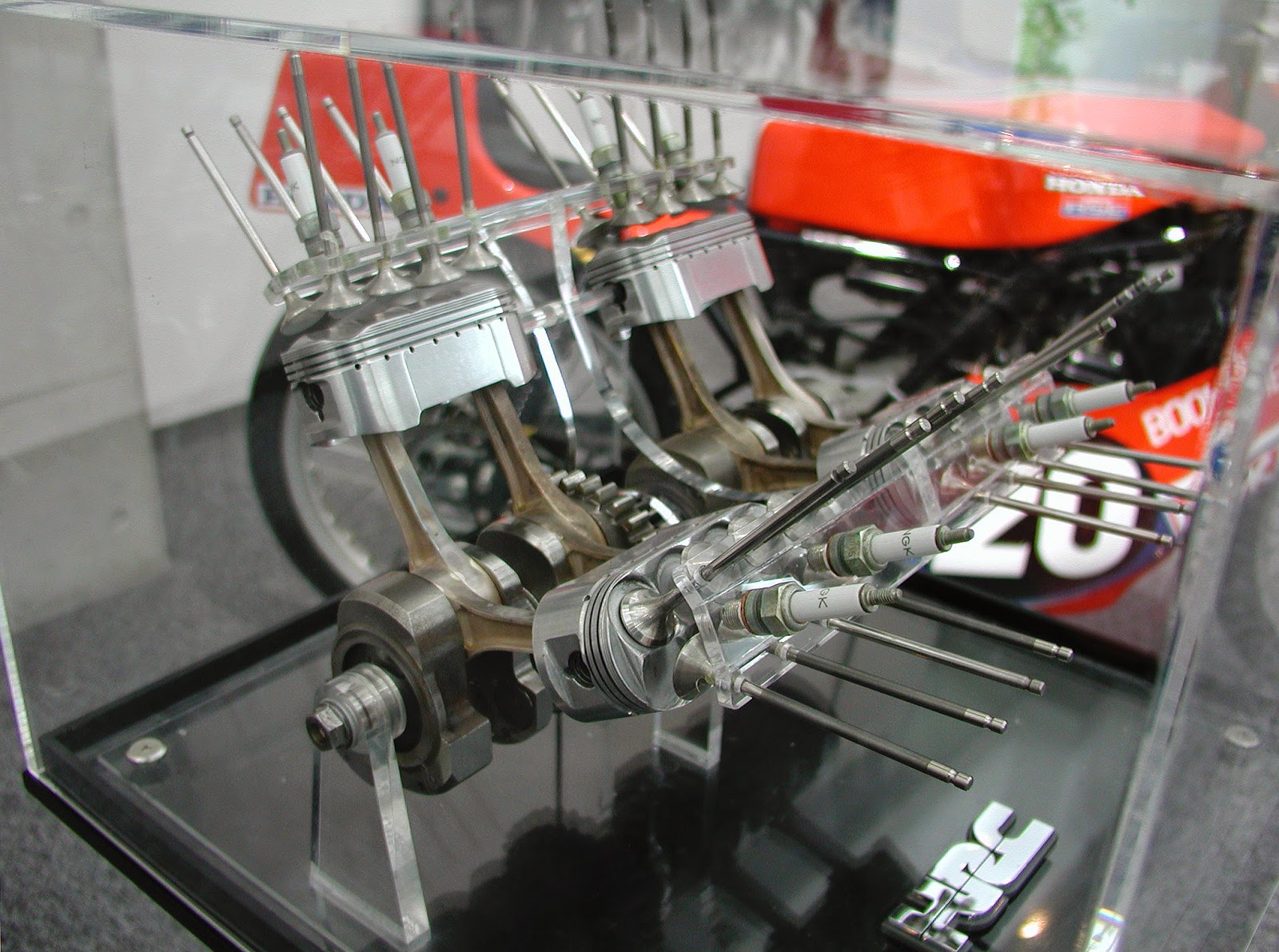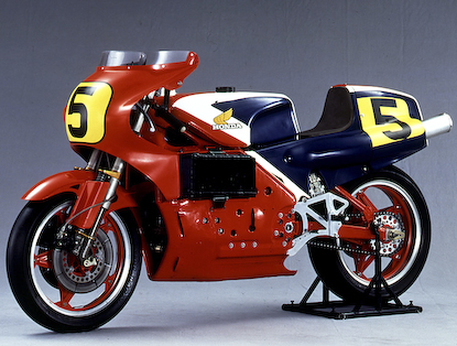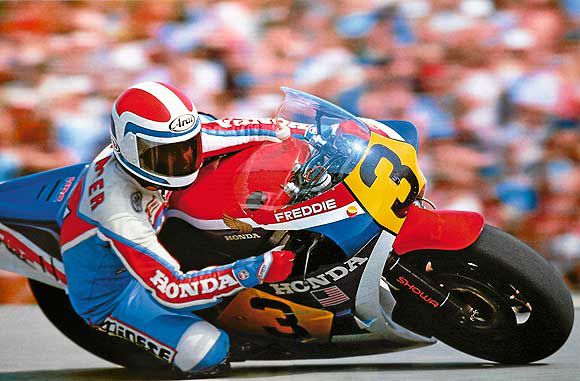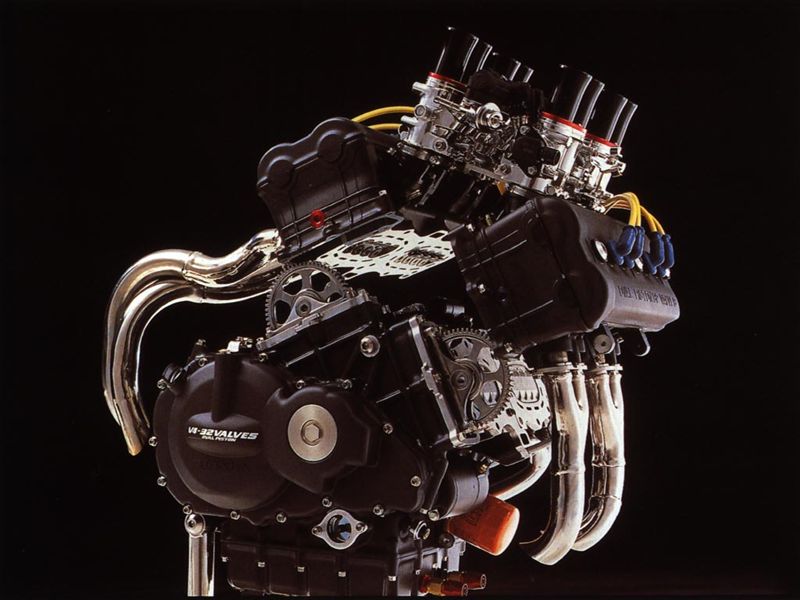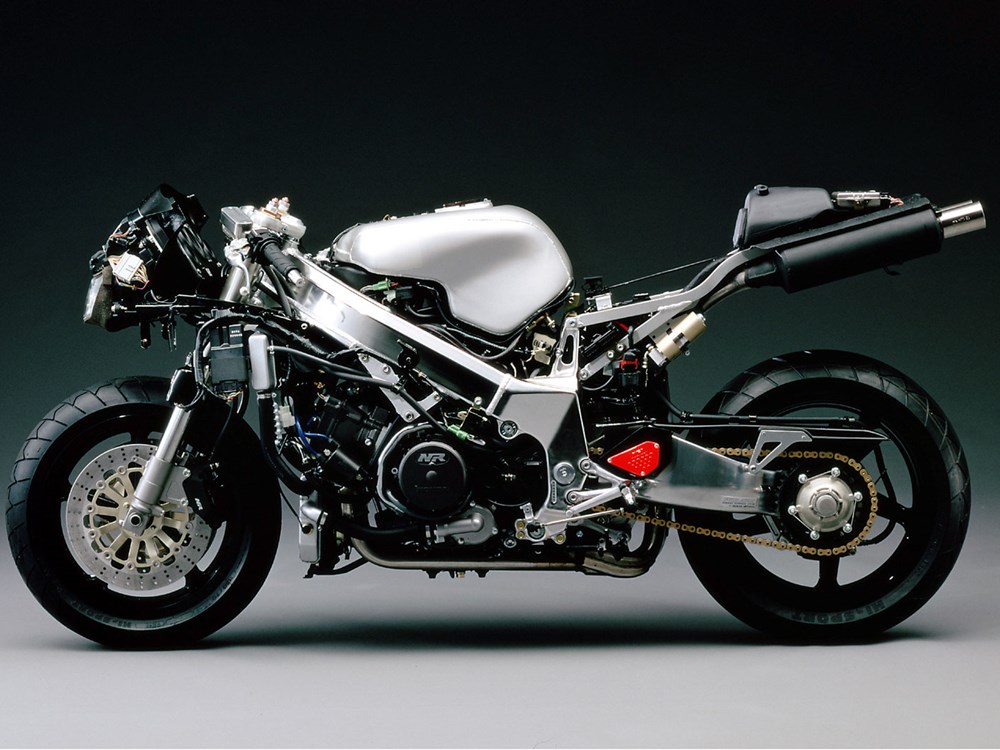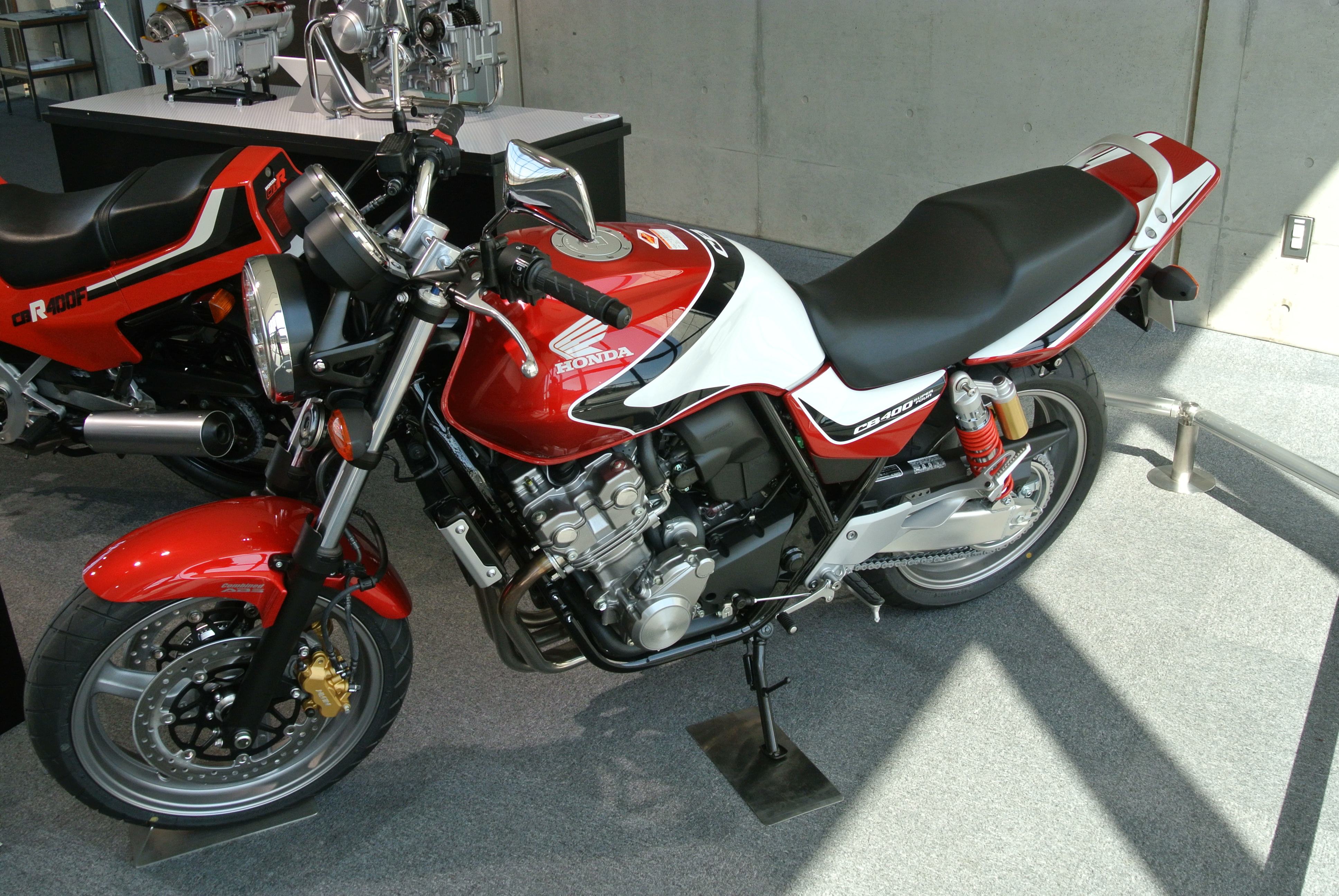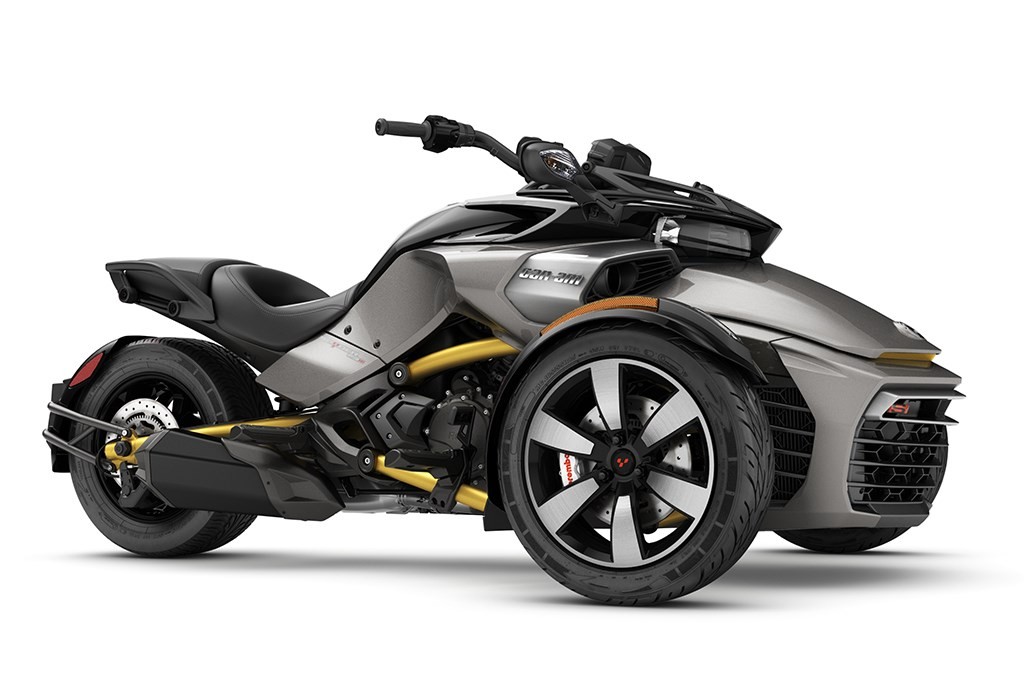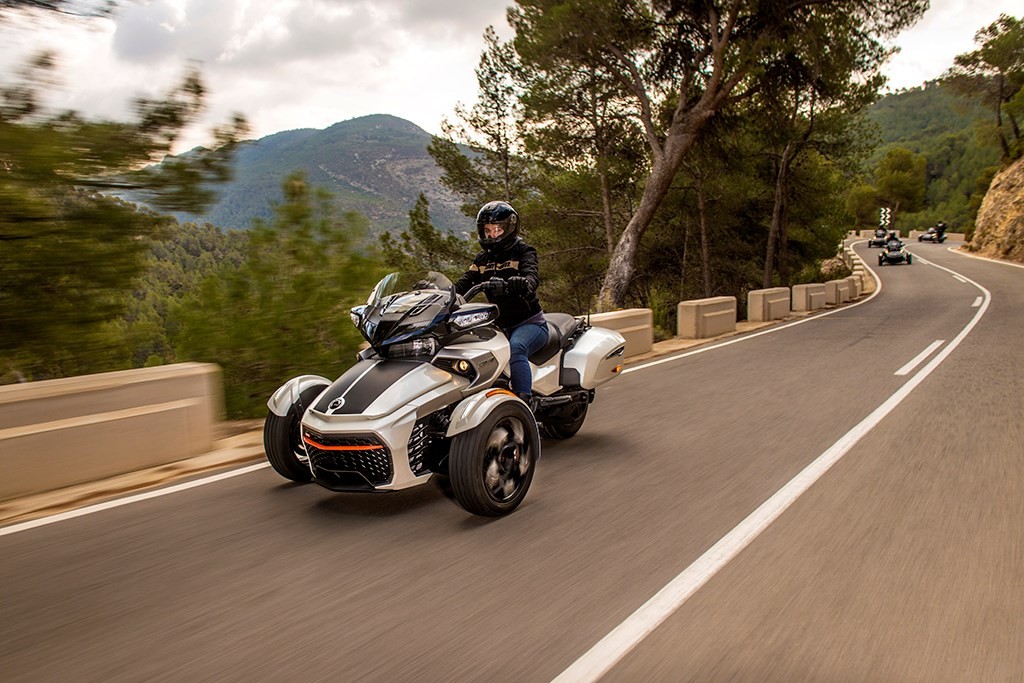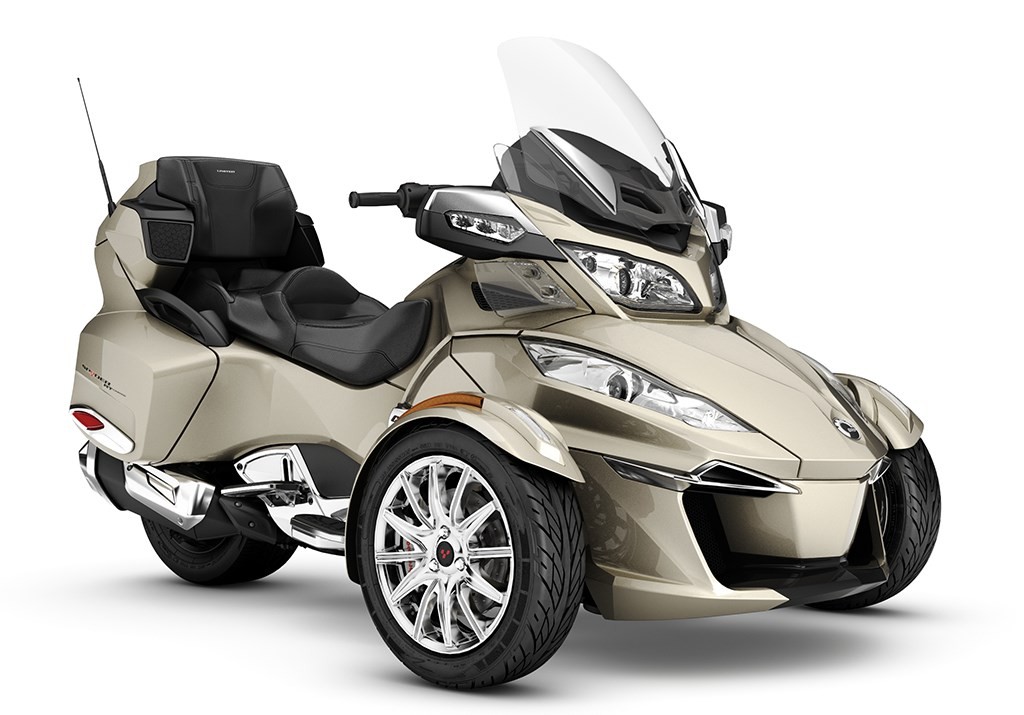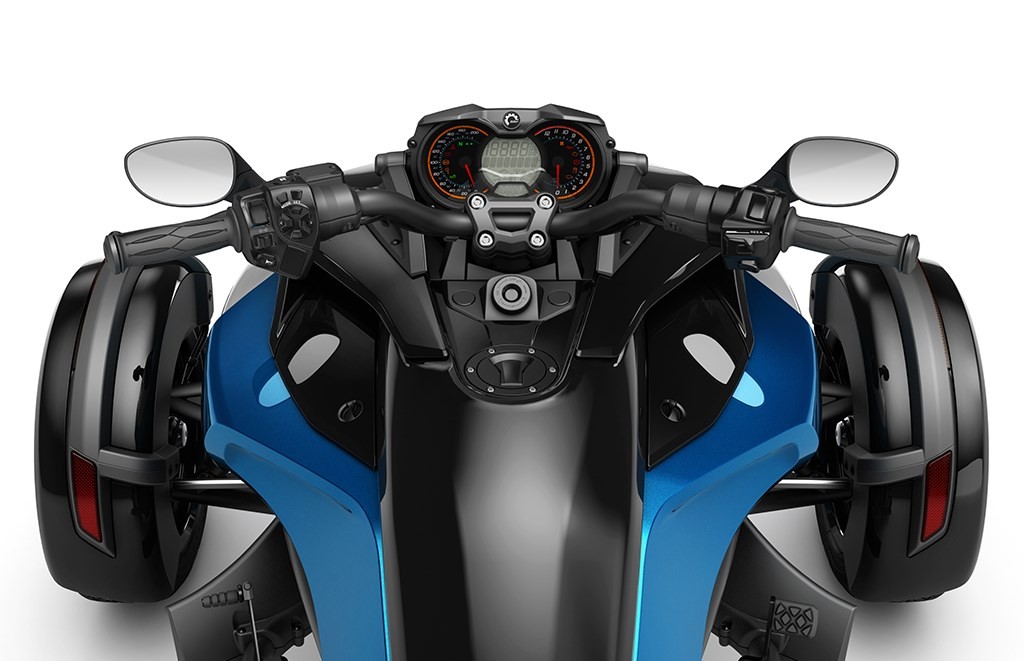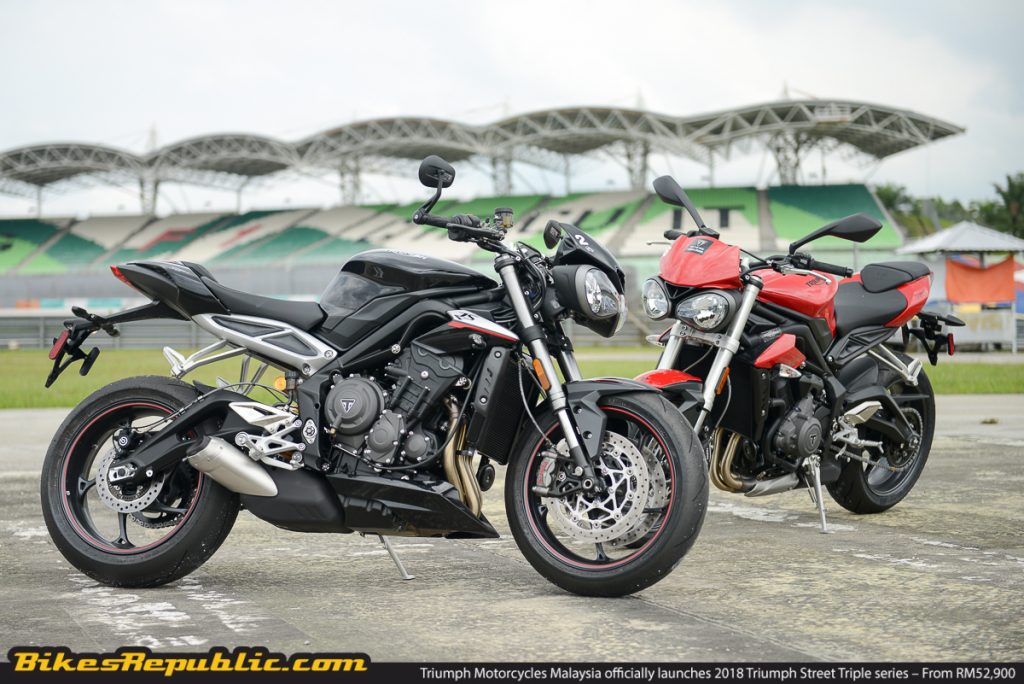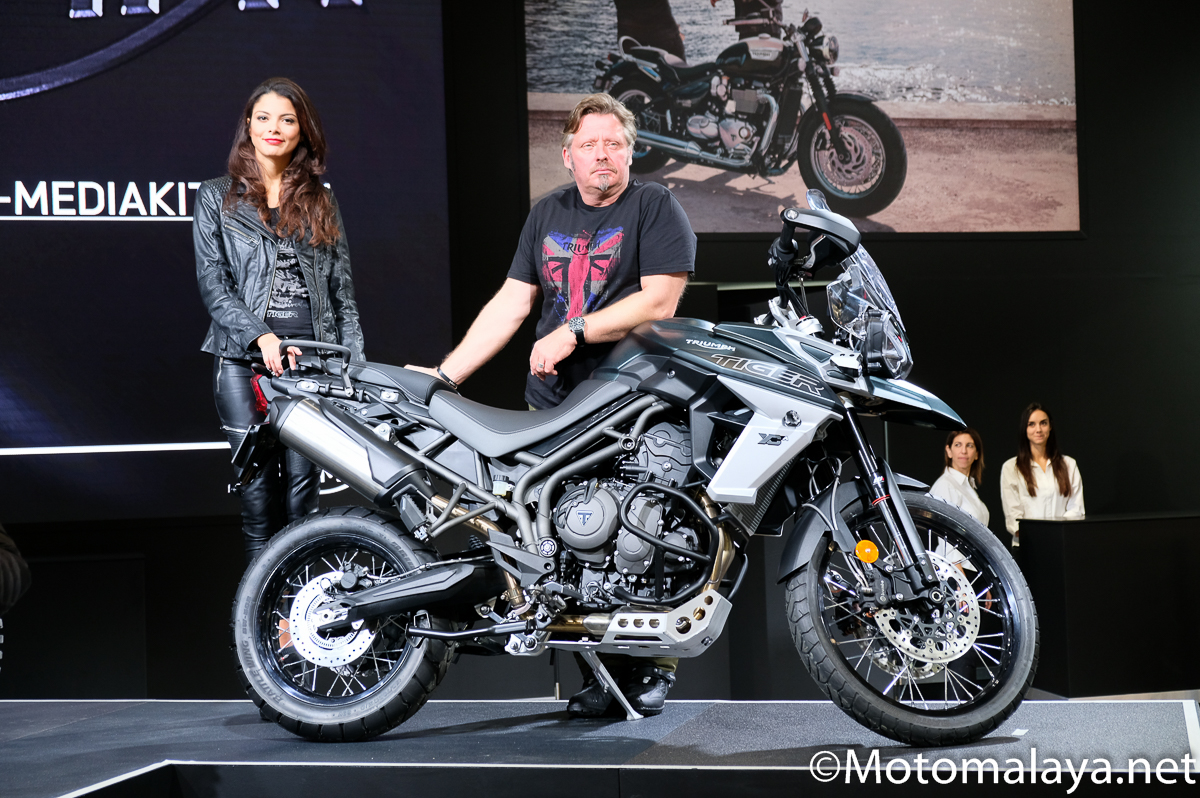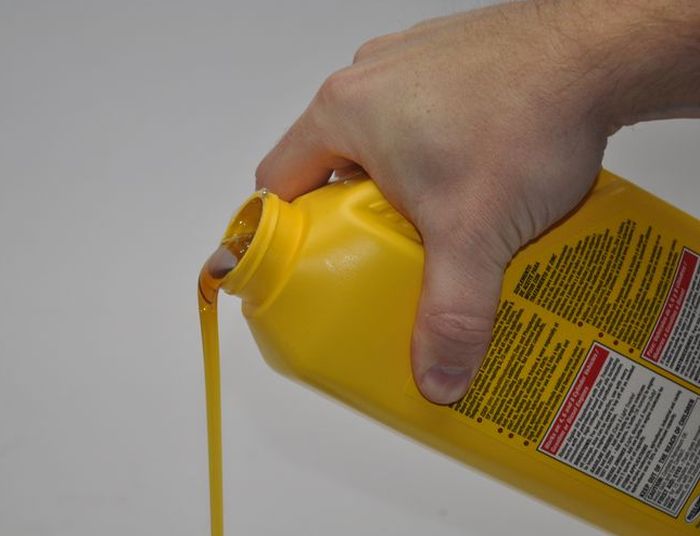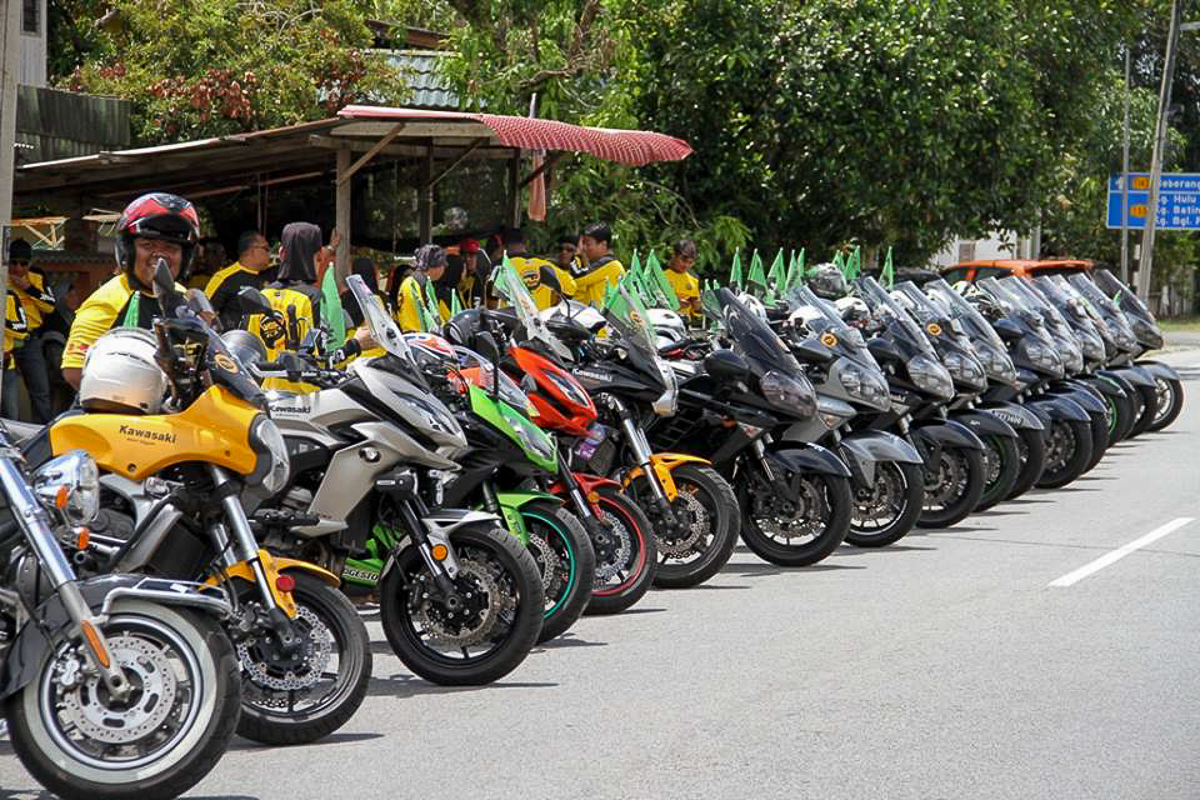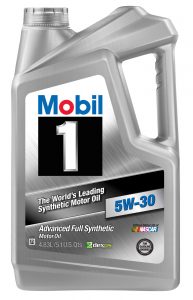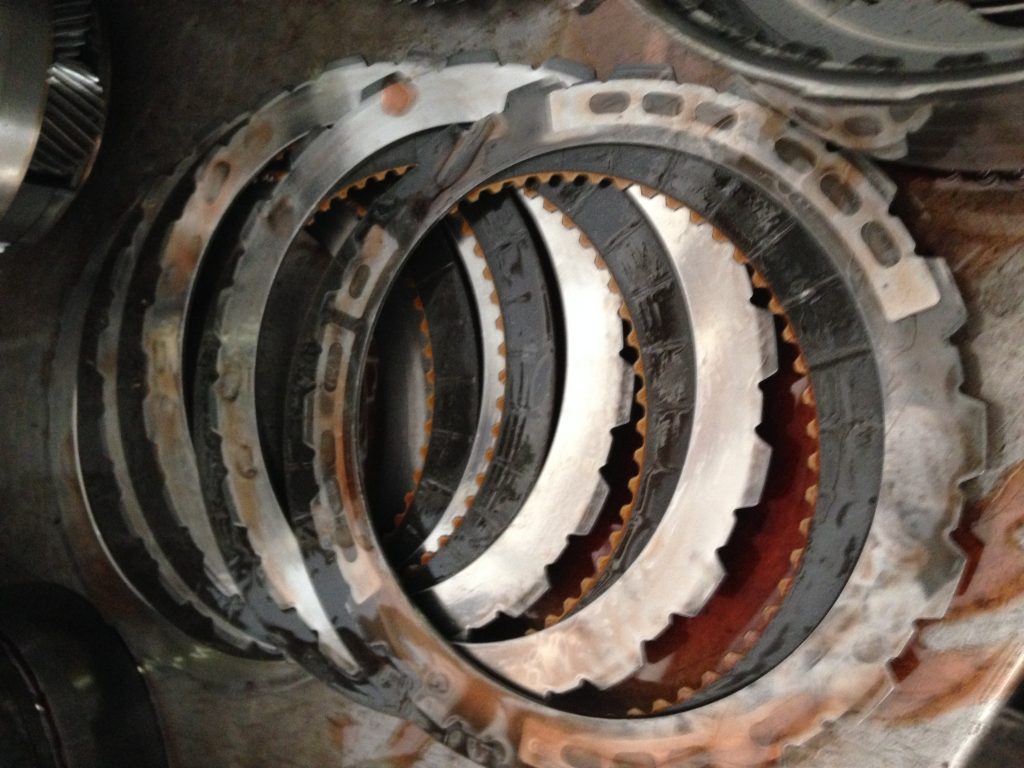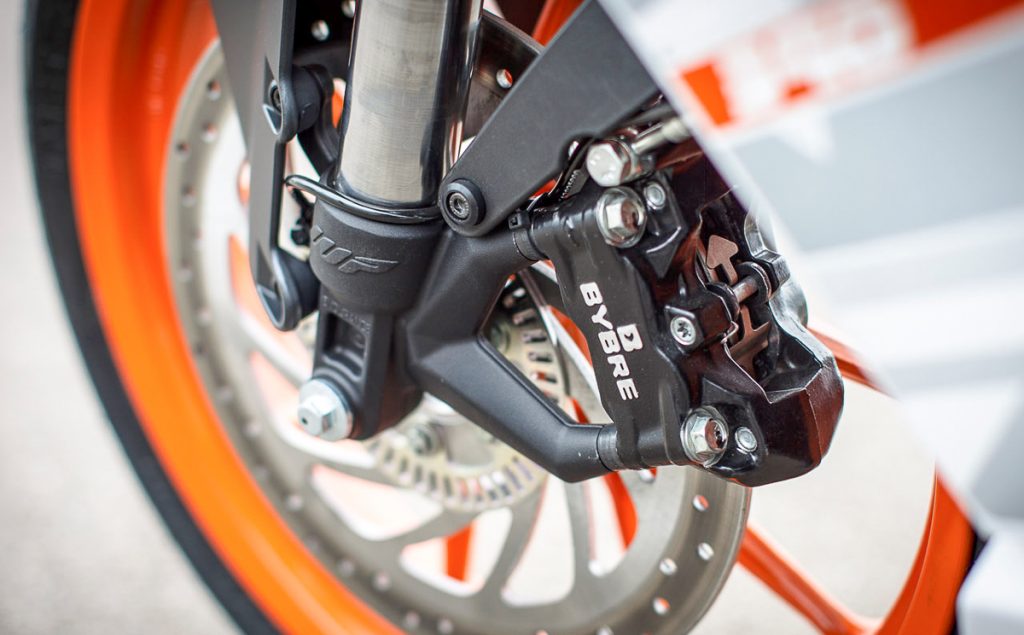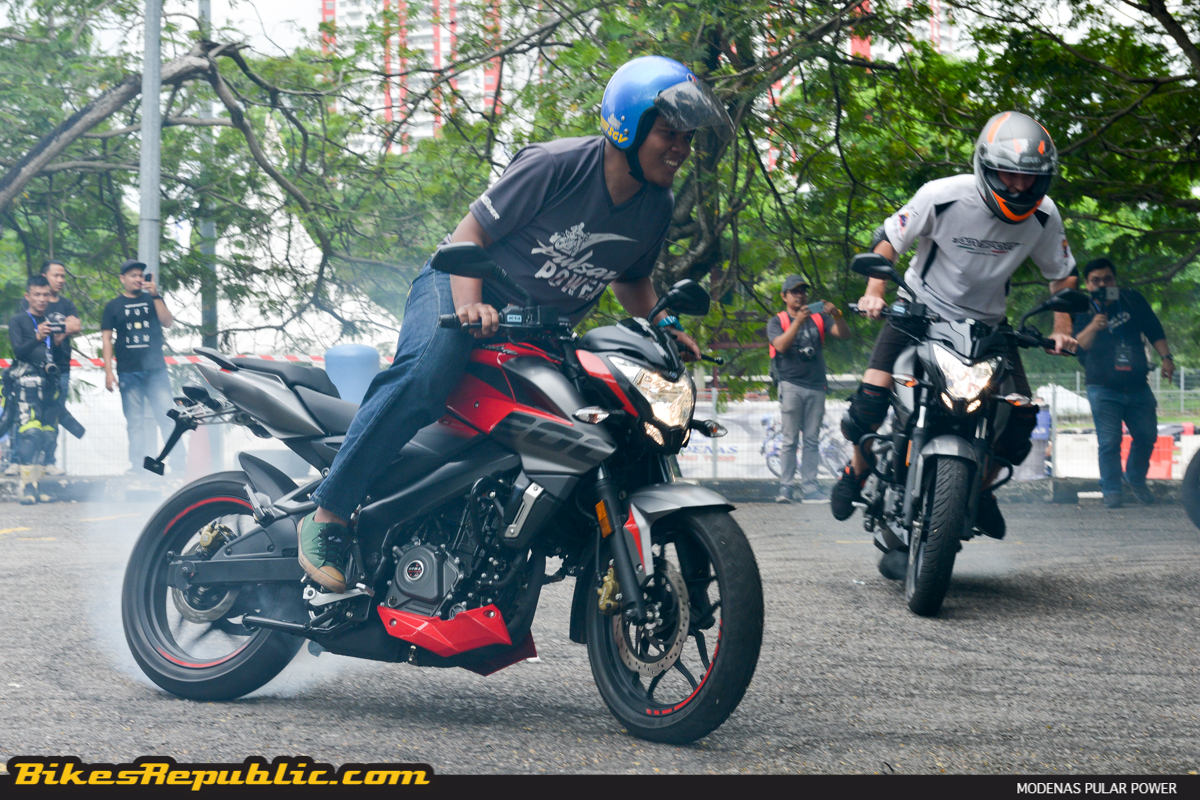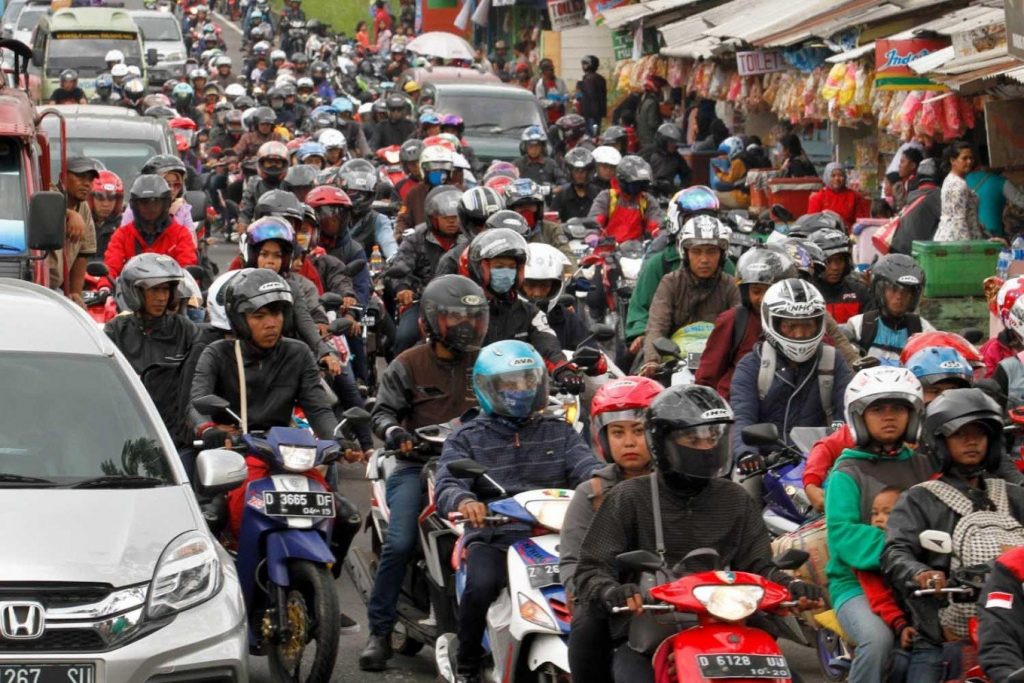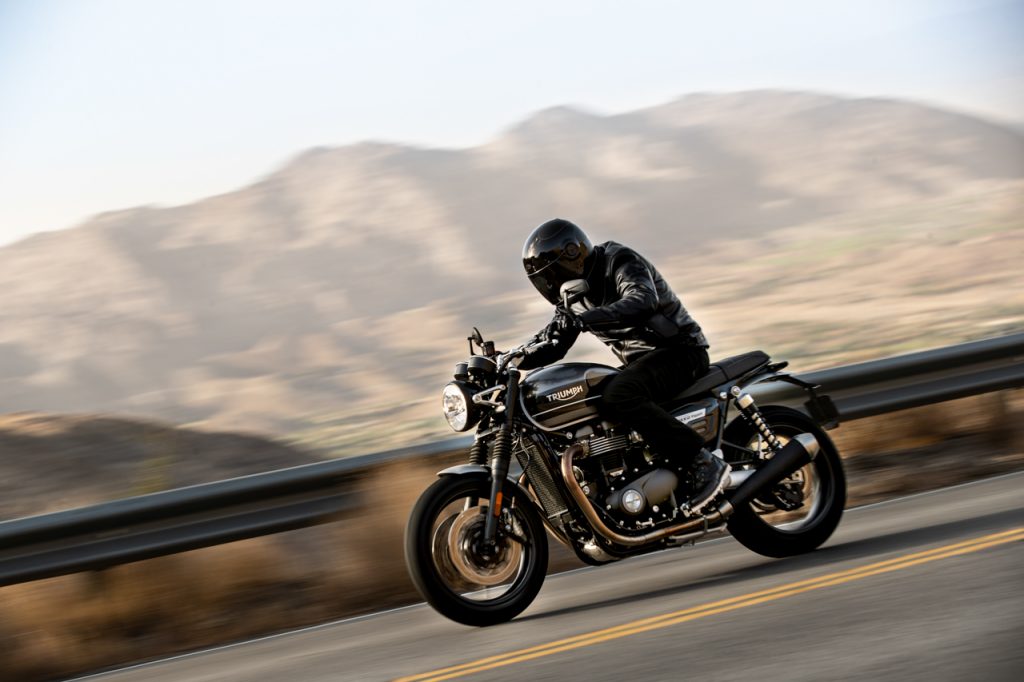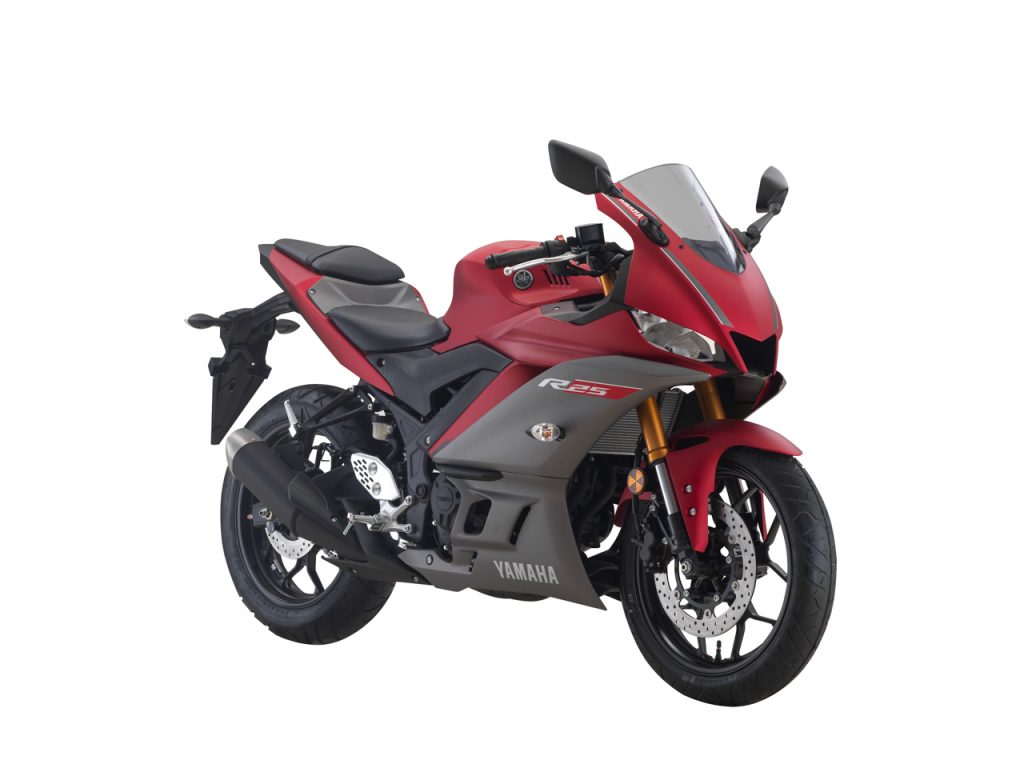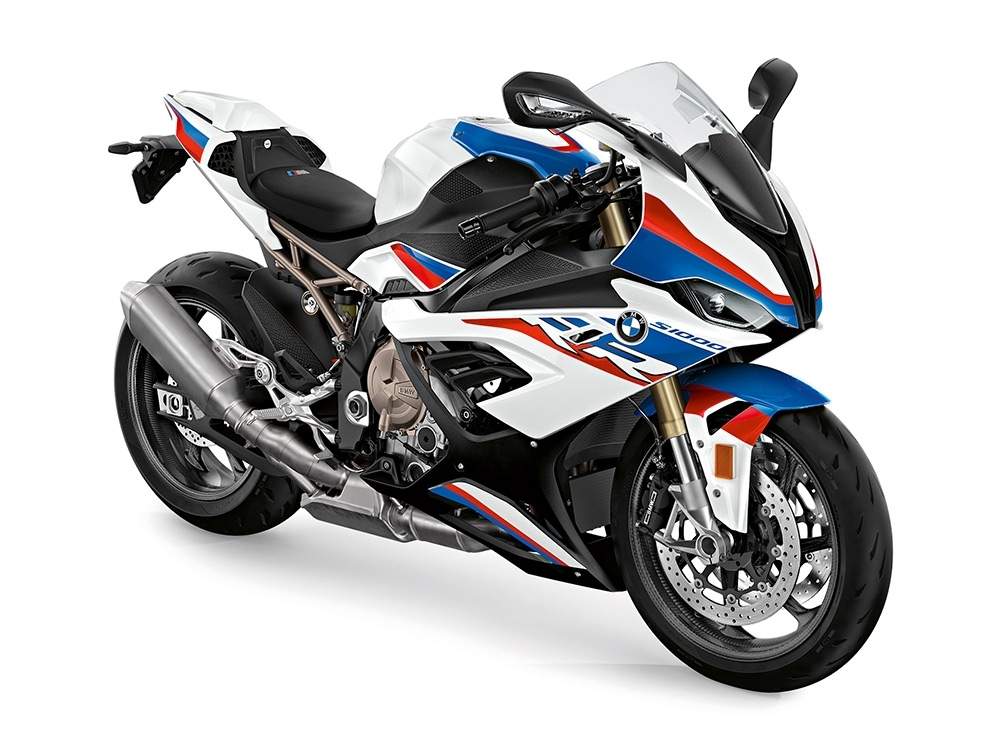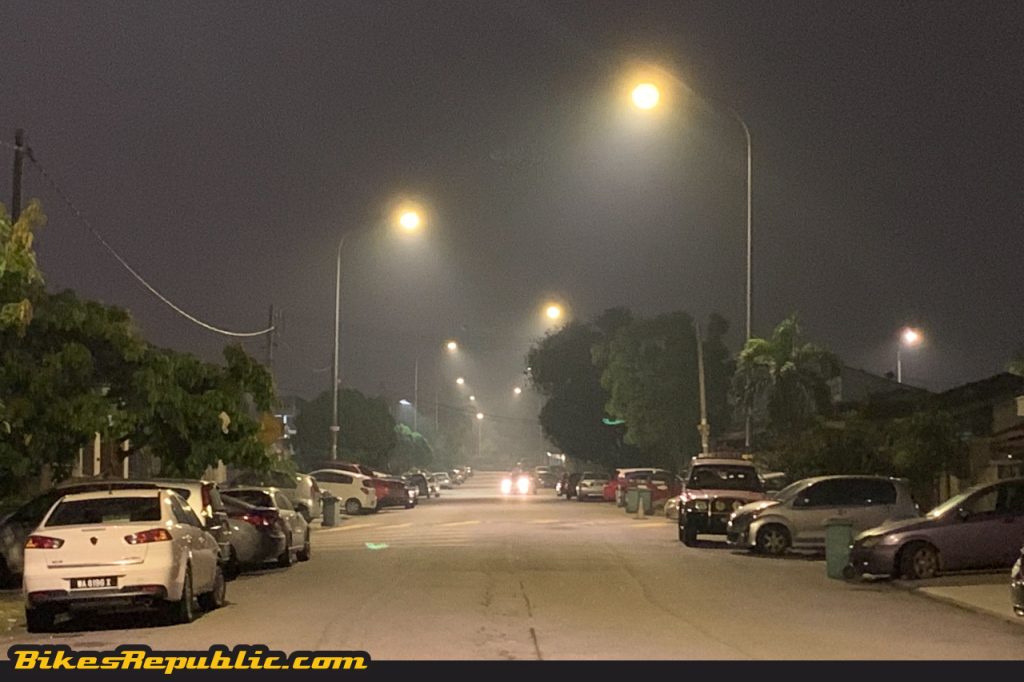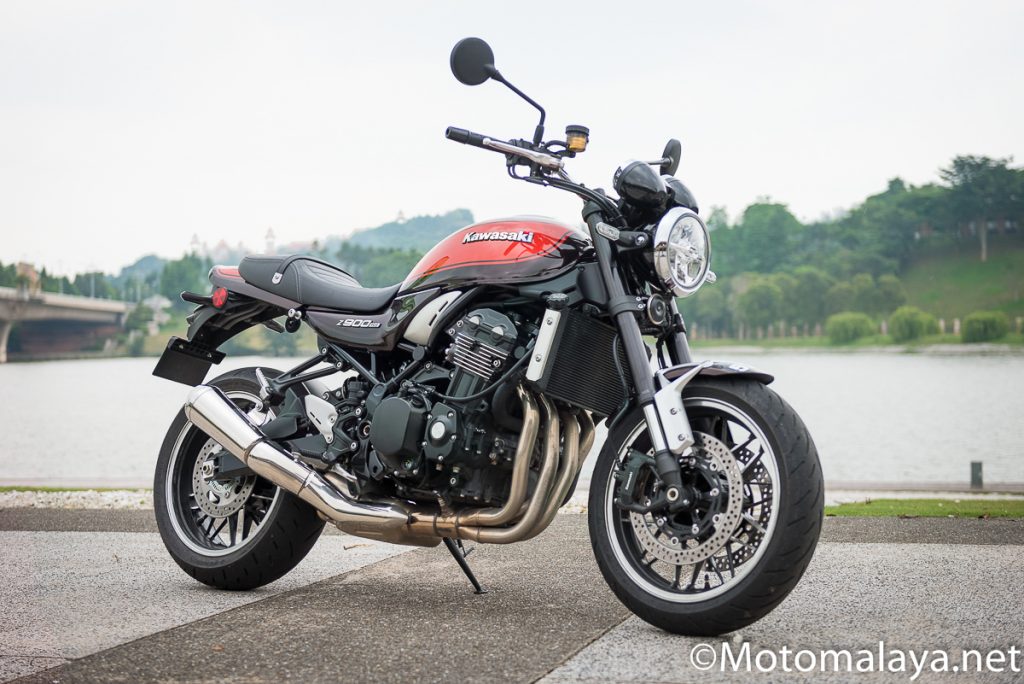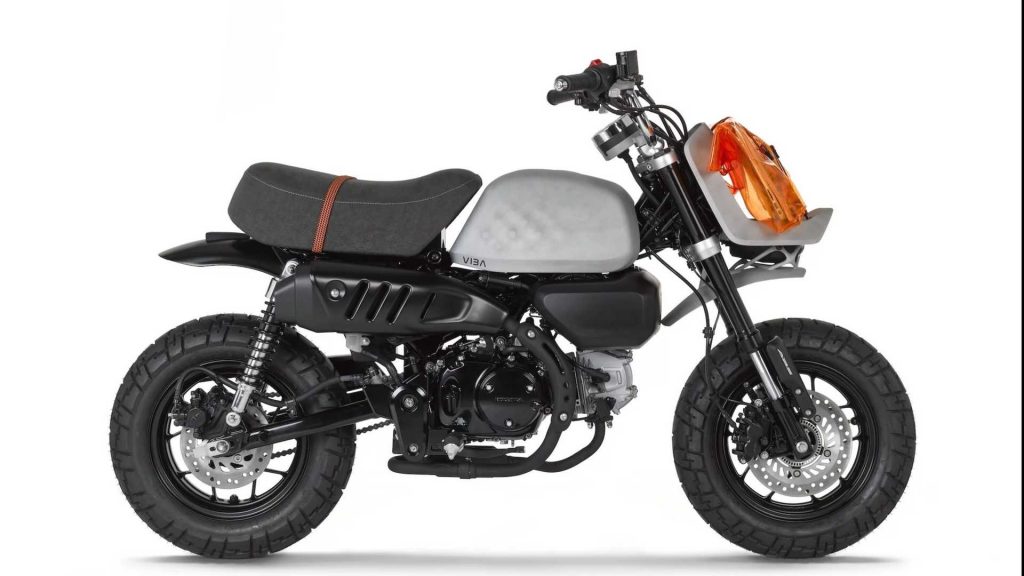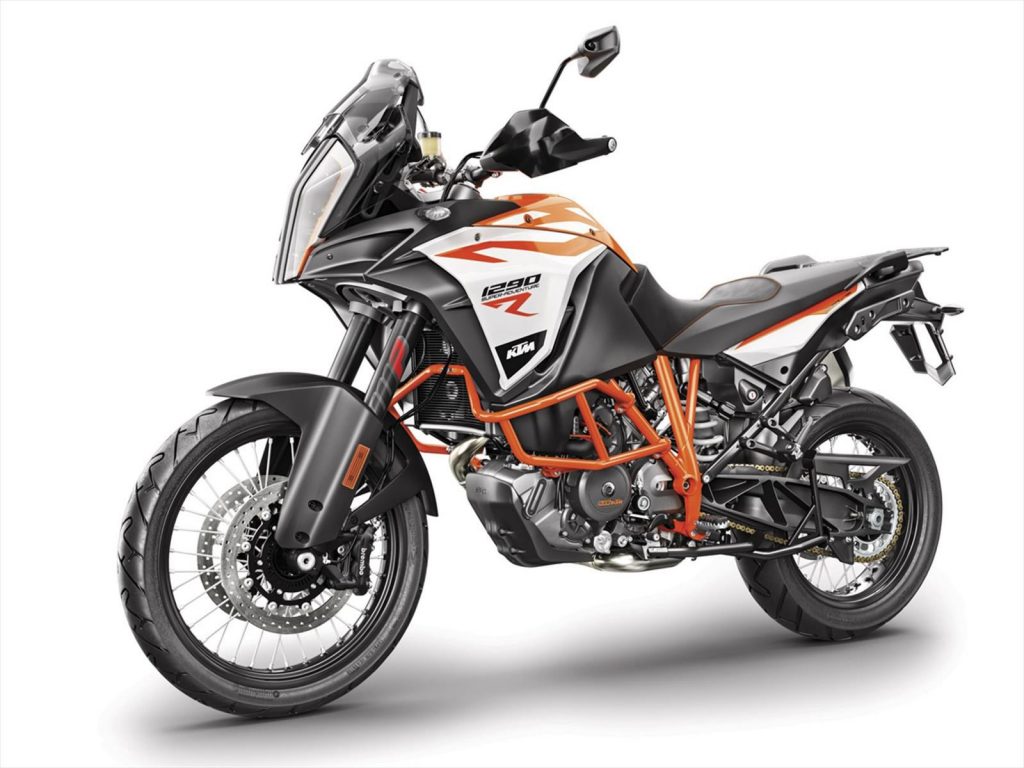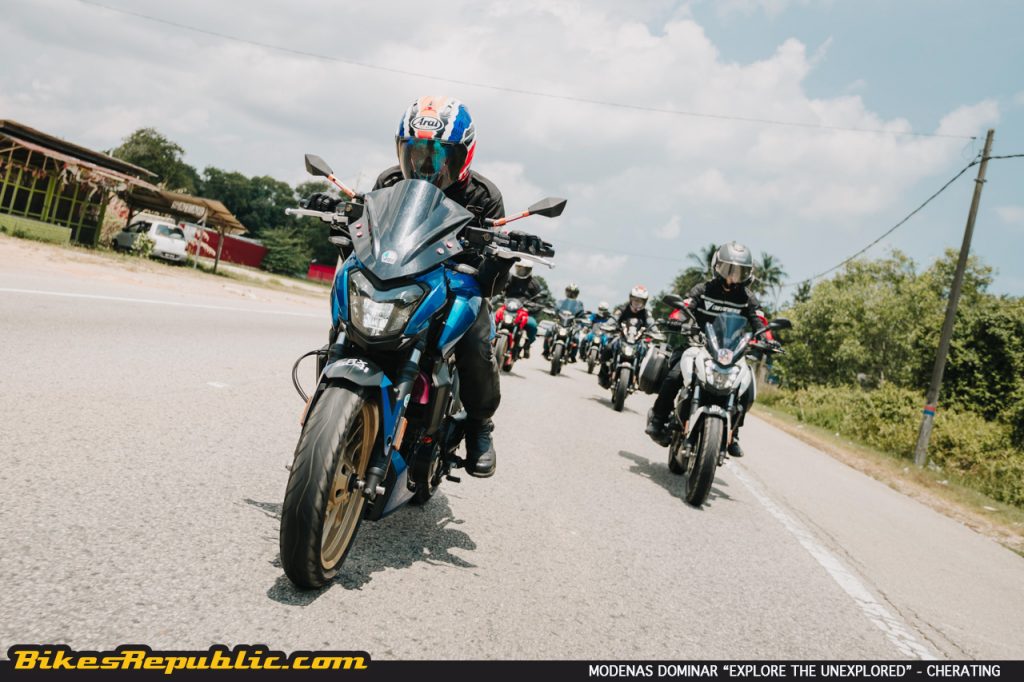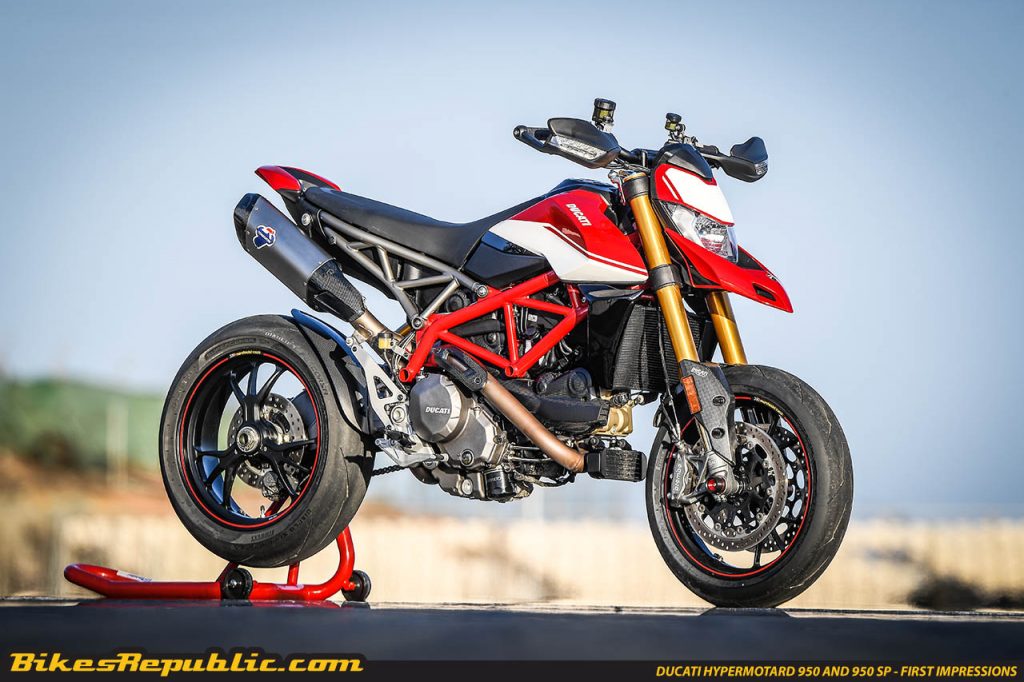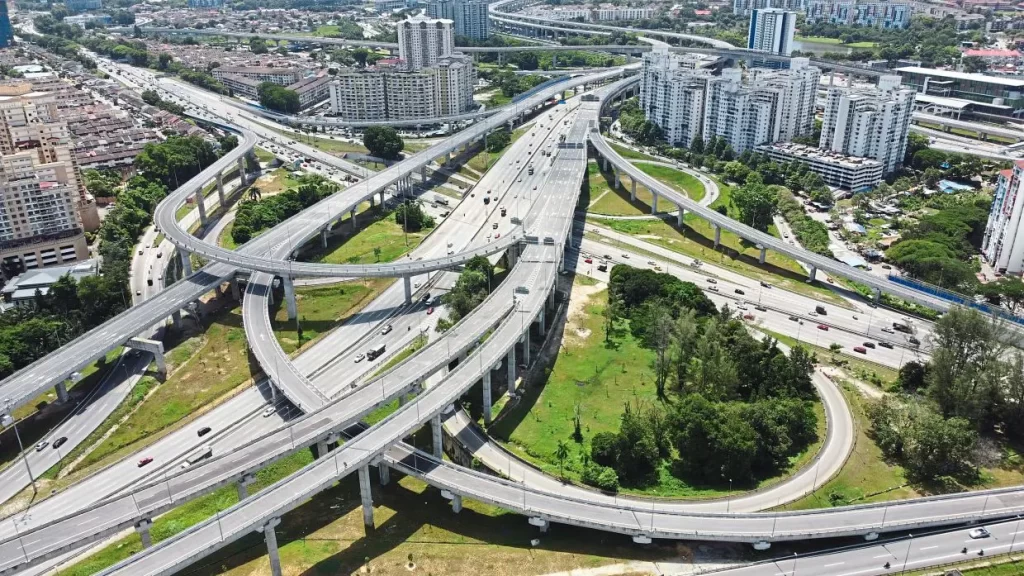-
Motorcycle brake caliper theft is still rampant.
-
Thieves are now targeting ByBre calipers in addition to Brembos.
-
They are also removing the entire set including the master cylinder.
It’s no longer a secret that there’s been a whole spate of motorcycle brake calipers being stolen.
It started with lahanats targeting Brembo calipers, then moving on to especially Brembo Monobloc calipers, to the calipers and master cylinder, and just lately, Bybre calipers. (Click on the link below for our recent report.)
We don’t have say how troublesome if you lose the calipers, since you don’t have brakes, obviously. But there’s also the cost of money and time to source for a replacement, not to mention the unfathomed level of stress.
The thieves who were spawned at the bottom of the genetic cesspool notwithstanding, brake calipers are attached in a method to allow for easy detachment when the pads need changing or servicing the calipers. We hope that motorcycle manufacturers will look into ways to make it more challenging for thieves to remove the aforementioned parts, or offer tamper-proof bolts and nuts as options.
We’ve put together a few tips here that may help you secure your bike’s brake calipers and master cylinder. But do note that we said “may” because NOT ALL solutions are 100% foolproof. However, thieves usually act on opportunity, meaning that they target easy prey. They just want to remove the parts and cabut, rather than sticking around to borak-borak about where to ride to for the best nasi briyani gam. Unlike robbers, they don’t look for challenges.
Please be very certain that the replacement bolts and nuts are not only compatible in terms of tread depth and length but also that they are of the same or stronger strength. We don’t have to remind you that a lot of stress goes through those bolts and nuts holding the calipers in place.
1. Fill with putty
I came across this simple solution when I picked the 2017 Triumph Street Triple RS to review.
The ST-RS’s calipers are radially mounted, meaning the bolts screw right into the brackets on the forks’s lowers. Triumph Motorcycle Malaysia’s service crew got creative and filled the hexagonal socket space of the bolts with putty.
The would-be thief would have to dig some of that putty out before he could insert a hex key to turn the bolt.
This method is simple and cost next to nothing, however, it’s still relatively easy to defeat.
2. Custom bolts
Google “bolt and nut suppliers” and give them a call to see if they could customer a batch of bolts and nuts for you, complete with the unique key. Best to have a different bolt (and nut if applicable) on each mounting point to present a real challenge.
3. Anti-tamper bolts
Failing finding a company to customize bolts and nuts for you, you may google for tamper-proof or security bolts and nuts.
These fasteners feature “patterns” unlike those that are commonly available in the market, thus they need special keys to tighten and remove them. We came across many companies that offer this solution, however, most of them also sell the drivers openly.
More searching revealed an American company which makes fasteners that are unique only to each customer. Although the fasteners are based on certain templates, there are differences that make them accessible only to the customer who has the correct driver.
Click here to visit Bryce Fastener for more details.
Again, mix the type of bolts and nuts to bring security up another level.
4. Grinding off the bolts and nuts
One of the safest way is to grind away the bolt’s socket/box pattern and/or nut’s box pattern. This results in having to tap or chiseling off the remainder of the fastener. However, we don’t recommend this method as grinding away the bolt or nut may weaken them.
5. Soldering the bolts and nuts
Apply some solder to bottom of the bolt head and tighten. It’ll make the bolt more difficult to turn once the solder solidifies, but it’s also relatively easy to beat.
This is another desperate method.
6. Befriend you neighbours
Don’t be friendly only to pretty girls or parents with pretty daughters.
This is especially important if you live in a condo, apartment or flat. If you hadn’t made friends with your neighbours plus the people closest to where you park your bike at night, this is the right time. Similarly, if your place is guarded, be friends with the security personnel.
Your friends and neighbours could keep an eye out on your bike. Imagine if they happened upon someone working on your bike:
Neighbour: “Hey, what are doing to that motorcycle?”
Lowlife: “I’m repairing my friend’s bike here.”
Neighbour: “Where’s your friend, the bike owner then?”
Lowlife: “He’s left me to work on it. He’s busy. Don’t worry, he trusts me.”
Now imagine if your neighbors don’t know you, or don’t like you because you appear langsi to them? Can you blame them?
7. Park the bike in the living room
This is the best solution. And the dream of almost all motorcycle owners, we suspect. There’ve been cases of thieves entering houses’ car porches and stealing motorcycles parked there.
Just lay down some newspaper on the floor in the house and push your bike in. Your spouse or housemates will understand. If they protest vehemently, make them sign an agreement to reimburse you should parts and accessories go missing. That’ll change their minds quick, trust me.
This works best for those living in landed properties, we understand. Most condominiums and apartments do not allow transporting a motorcycle in the elevator, so this is where you have to be friendly with your neighbours and fit tamper-proof fasteners.
8. Park the bike next to you
What if you ride somewhere and have to park the bike?
Do some research to see if you could park the bike within eyesight or right next to you. Malls are the worst when it comes to this, unless you pay for valet space.
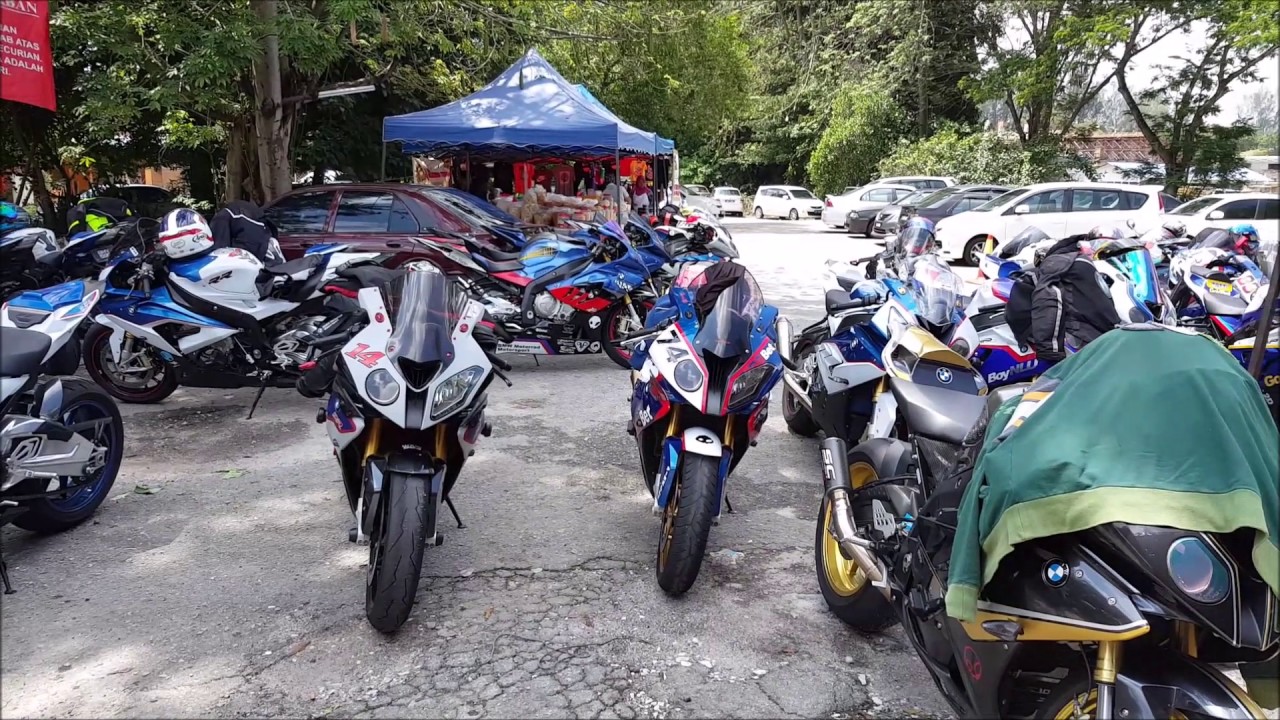
Conclusion
Whether you find these tips useful or otherwise, do remember to not take your bike’s security for granted. It doesn’t matter if your bike is a shiny new fastest production bike or a beat up and dirty daily commuter, being safe now is better than regretting it later.
